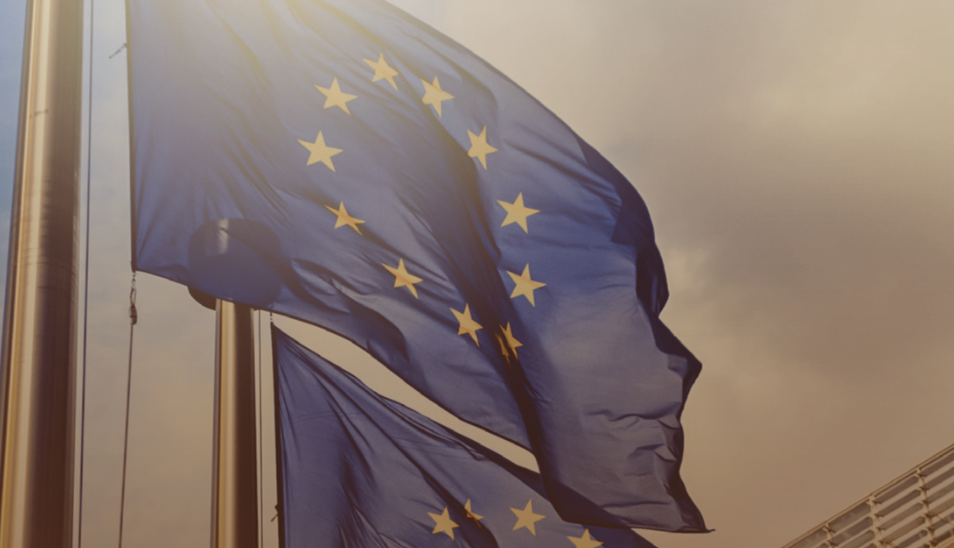The Rise of Remote Collaboration
In recent years, the landscape of corporate meetings has undergone a significant transformation. With the advent of advanced technology, remote collaboration has become a staple in the business world. Companies like Management Events are at the forefront of this change, offering platforms that facilitate seamless virtual interactions. The convenience of connecting with colleagues across the globe without leaving your desk has made virtual meetings a popular choice for many organizations.
However, the shift towards digital conferencing does not come without its challenges. While it offers flexibility and cost savings, it can sometimes lack the personal touch and engagement found in face-to-face interactions. Understanding the strengths and limitations of virtual meetings is crucial for businesses to make informed decisions about their meeting strategies.
Benefits of Virtual Meetings
Virtual meetings have become a game-changer for companies looking to streamline their operations and enhance productivity. The ability to connect instantly with team members, regardless of their physical location, is one of the most significant advantages. This not only saves time but also reduces travel expenses, making it a cost-effective solution for businesses of all sizes.
Moreover, digital meeting platforms often come with a variety of tools that enhance collaboration. Features such as screen sharing, real-time document editing, and digital whiteboards allow for a more interactive and engaging meeting experience. Management Events recognizes these benefits and integrates them into their offerings to ensure that virtual meetings are not just a convenience but a powerful business tool.
Challenges of Virtual Meetings
Despite the many benefits, virtual meetings can present certain challenges that organizations need to navigate. Technical issues, such as poor internet connectivity or software glitches, can disrupt the flow of a meeting and lead to frustration among participants. Additionally, the lack of physical presence can sometimes result in a disconnection between attendees, potentially affecting communication and collaboration.
Another concern is the phenomenon of “Zoom fatigue,” a term coined to describe the exhaustion associated with prolonged video conferencing. This can lead to decreased engagement and productivity if not managed properly. Companies like Management Events are aware of these challenges and work to provide solutions that minimize these drawbacks and enhance the virtual meeting experience.
The Personal Touch of In-Person Meetings
In-person meetings have long been the traditional method of bringing people together in the business world. The face-to-face interaction fosters a sense of camaraderie and trust that is hard to replicate in a digital environment. Physical gestures, eye contact, and the energy of a shared space contribute to more dynamic and effective communication.
Additionally, in-person meetings often lead to spontaneous conversations and networking opportunities that are not as easily facilitated through a screen. These serendipitous moments can spark innovative ideas and strengthen professional relationships, making face-to-face meetings a valuable component of business strategy.
Limitations of In-Person Meetings
While the benefits of in-person meetings are clear, they also come with their own set of limitations. The most apparent is the logistical challenge of coordinating schedules and locations for all participants. This can be particularly difficult for global teams or when attendees have conflicting commitments. The time and financial investment in travel can also be significant, which may not always be justifiable, especially for routine check-ins or updates.
Furthermore, in-person meetings can sometimes be less efficient, with the potential for off-topic discussions and longer-than-necessary sessions. In a world where time is a precious commodity, ensuring that face-to-face meetings are focused and productive is essential. Management Events understands these constraints and strives to create in-person experiences that are both meaningful and efficient.
Choosing the Right Meeting Type for Your Business
Deciding between virtual and in-person meetings requires a careful assessment of your company’s needs and goals. Virtual meetings may be the ideal choice for regular team updates, quick check-ins, or situations where team members are spread across different locations. They offer convenience and flexibility, which can lead to increased frequency of communication and collaboration.
On the other hand, in-person meetings might be more suitable for complex discussions, brainstorming sessions, or when building relationships is a priority. The tangible presence of participants can lead to more in-depth conversations and a stronger sense of unity. Management Events helps businesses evaluate their meeting objectives to determine the most effective format for each scenario.
Hybrid Meetings: The Best of Both Worlds?
As businesses adapt to the evolving landscape of corporate meetings, hybrid models are becoming increasingly popular. Hybrid meetings combine elements of both virtual and in-person interactions, allowing participants to choose how they wish to attend. This flexibility can lead to greater inclusivity and participation, as it caters to individual preferences and circumstances.
Management Events recognizes the potential of hybrid meetings to offer a balanced approach. By leveraging the convenience of virtual platforms while still providing the option for face-to-face interaction, companies can maximize engagement and productivity. As the world of work continues to change, hybrid meetings may well become the new standard for corporate events.
Conclusion: Finding the Right Balance
In the debate between virtual and in-person meetings, there is no one-size-fits-all answer. Each format has its unique advantages and challenges that must be weighed against the specific needs of your business. By understanding these pros and cons, companies can make strategic decisions that foster effective communication and collaboration.
Management Events is dedicated to guiding organizations through this decision-making process, offering solutions that enhance both virtual and in-person meeting experiences. As the corporate world continues to evolve, finding the right balance between these two formats will be key to achieving success in the realm of business meetings.


